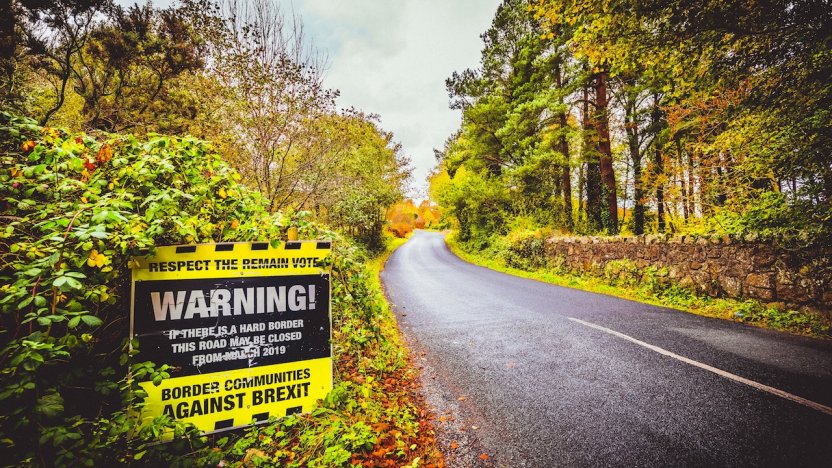Brexit update: The Draft Withdrawal Agreement is agreed – or is it?

The European Commission and UK negotiators reached an agreement on the entirety of the Brexit Draft Withdrawal Agreement on 14 November. Next it needs to get through UK parliament and the rest of the EU.
Last month, the UK government was issuing guidance on what would happen to trademarks, designs, patents and copyright if the UK crashes out of Europe without a deal. This month, the news started to look more positive when it was announced that the draft text for the Withdrawal Agreement had been agreed. That announcement was, however, followed by a number of high-profile resignations, including that of the then Brexit Secretary Dominic Raab. That backlash seemingly abated, at least for now, the next major hurdle for the proposed deal will be to get past UK parliament and the rest of the EU.
IP rights: what does the draft agreement propose?
The new draft is in line with the contents of the European Commission’s initial draft withdrawal agreement (see summary here). While there was not much new information, the new draft does confirm the commitment to clone EU IP rights onto the UK registers for free, maintaining priority and seniority. In other words, a new UK registered trademark or design right would be created from the existing Community registration automatically without the need to file a new UK registration. This is the first time an EU-UK withdrawal agreement document has confirmed the cloning of EU IP rights for free. The no-deal guidance also included this commitment, suggesting it is now the most likely outcome, although of course not definite.
Other points of note include:
- International registrations
Provisions for the continued protection of rights registered via the Madrid system for the international registration of marks, and the Hague system for the international deposit of industrial design, are covered in Article 56 of the agreement. As yet, however, there are no exact details. It simply states that: “The United Kingdom shall take measures to ensure that natural or legal persons who have obtained protection before the end of the transition period [under Madrid or Hague] enjoy protection in the United Kingdom for their trademarks or industrial designs in respect of those international registrations.” - Unregistered Community Designs
The agreement stipulates that any holder of an unregistered Community design that arose before the end of the transition period shall be given the protection of a corresponding unregistered right in the UK. As we have previously covered, this would require the UK government to introduce new legislation, as the UK unregistered design right does not afford the same levels of protection of the unregistered Community design right. - Exhaustion of rights
The draft withdrawal agreement also briefly covers exhaustion of rights: “Intellectual property rights which were exhausted both in the Union and in the United Kingdom before the end of the transition period under the conditions provided for by Union law shall remain exhausted both in the Union and in the United Kingdom.” - Geographical indications (GIs)
Existing European GIs will: “remain protected in the UK until the future economic relationship comes into effect and supersedes those arrangements. Existing UK GIs will continue to be protected by the current EU regime.” The UK government has previously announced plans to introduce its own GI scheme.
What happens next?
Whether this agreement receives the political agreement it needs from UK parliament, and the governments of the EU-27 remains to be seen. As mentioned above, there is already doubt whether it will be agreed by parliament, and countries including Spain and France have also raised concerns about the proposed deal. We should find out more in the coming weeks.
For further information, please download our white paper 'Brexit – what will it mean for your iP?', speak to your Novagraaf attorney or contact us below.